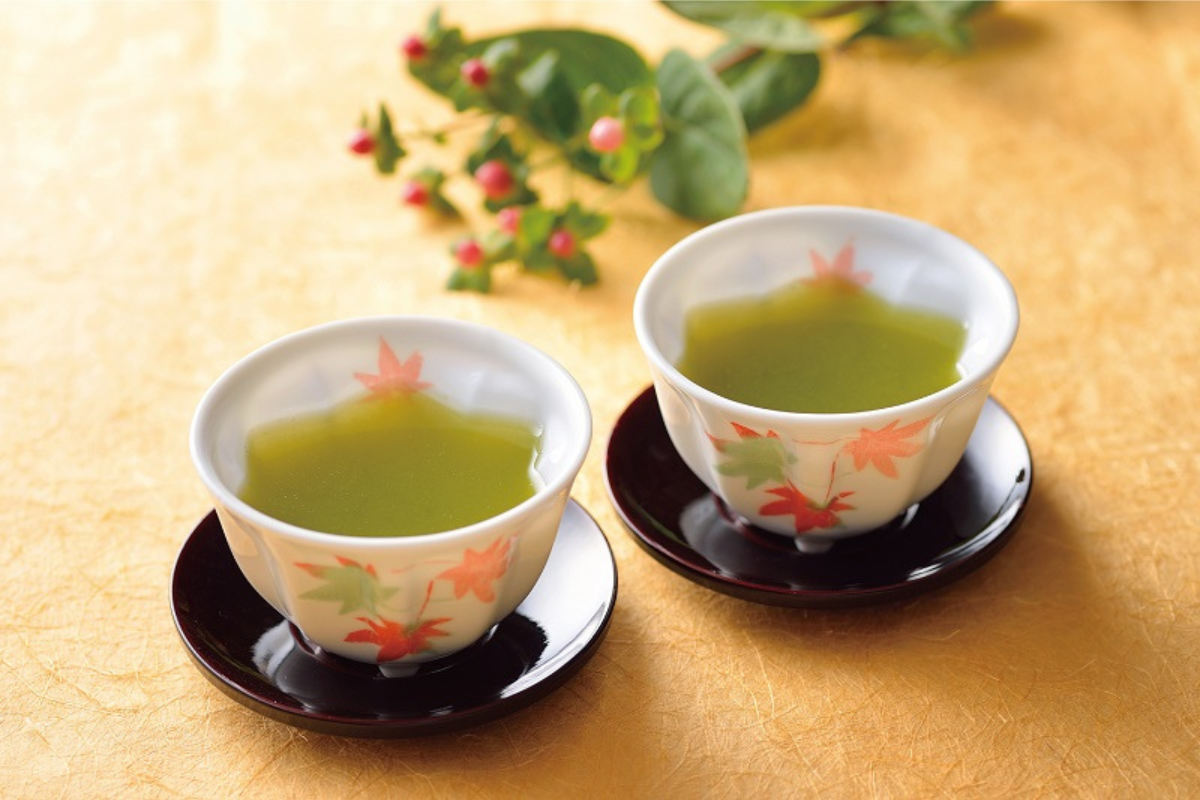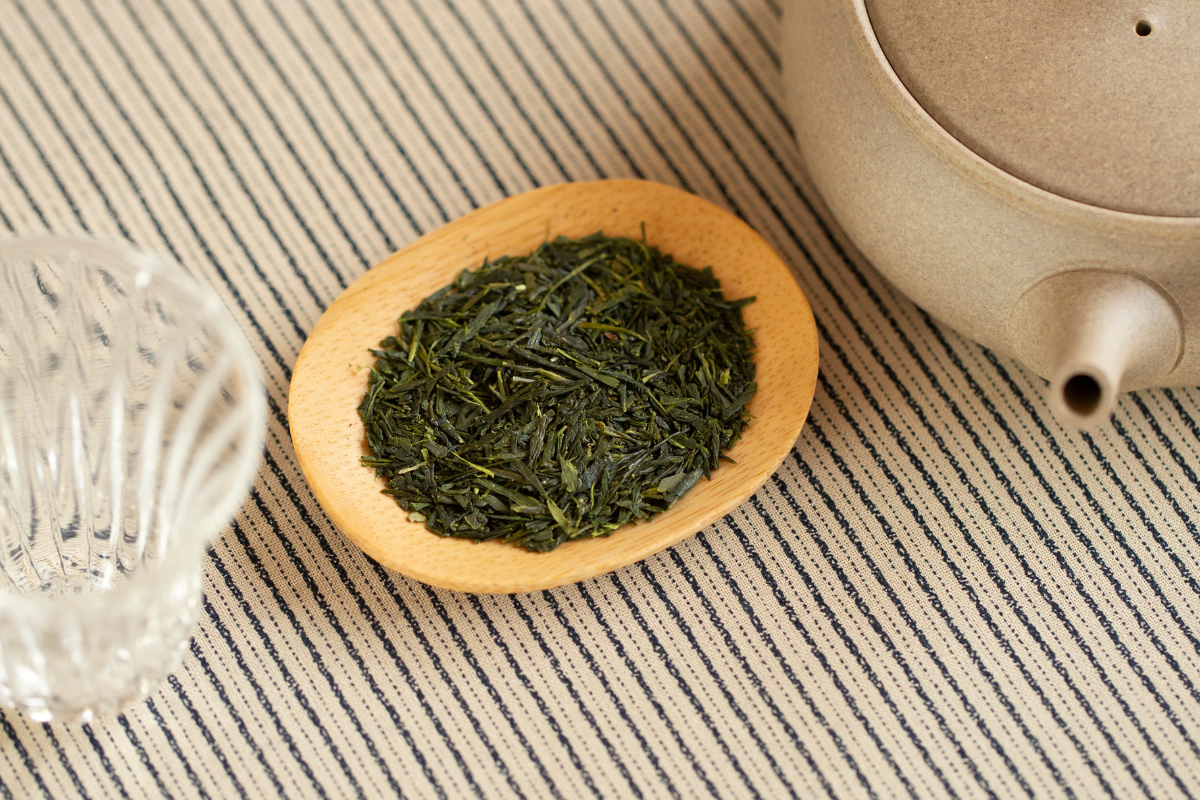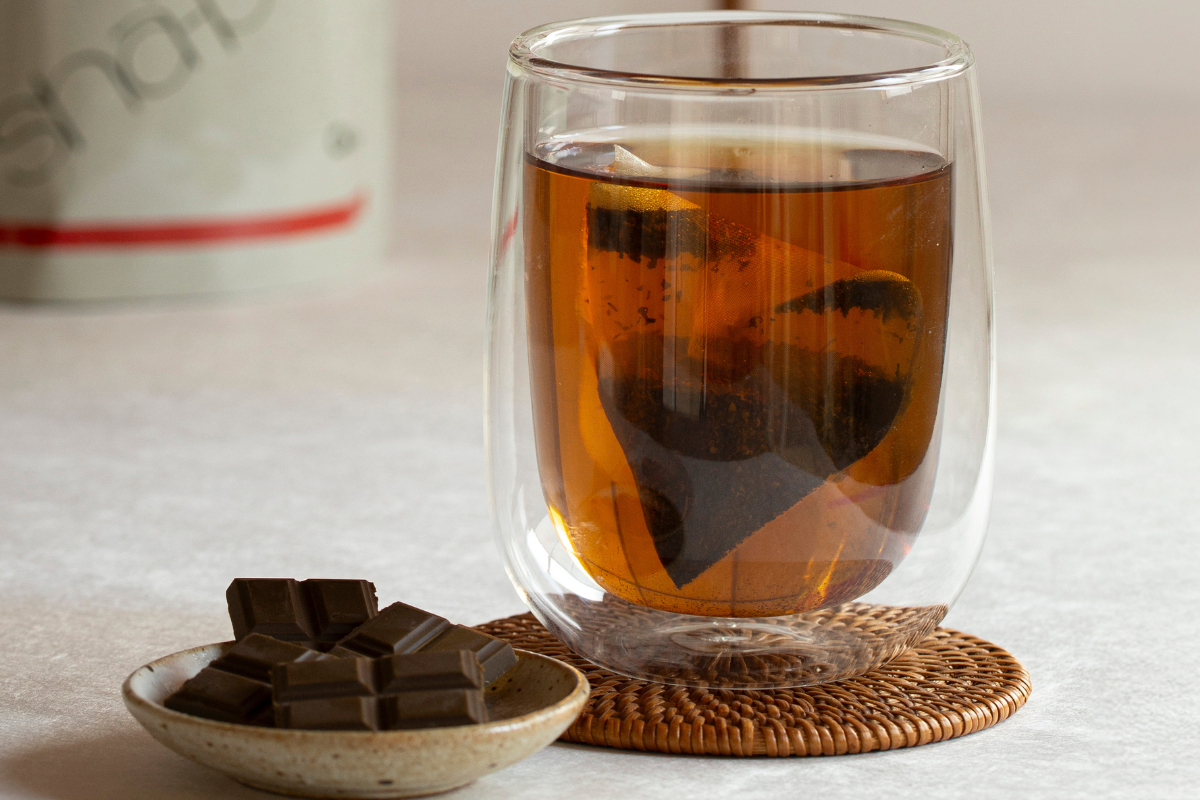
How to Store Tea Properly (and What to Do if It Loses Its Flavour)
As the air turns cooler and our mugs stay warmer, tea becomes a daily comfort. But to truly enjoy your favourite tea at its best, proper storage is key. Tea leaves are surprisingly delicate, easily affected by temperature, light, moisture, and even nearby scents.
Let’s look at how to keep your tea fresh for as long as possible, and what to do if it ever loses its flavour.

Why Proper Tea Storage Matters
Tea is sensitive to its environment. When exposed to humidity or light - whether sunlight or fluorescent, the colour of the leaves can fade, and the aroma and taste deteriorate.
Tea also absorbs odours very easily. If stored near spices, coffee, or other strong-smelling foods, it can pick up those aromas and lose its original character. That’s why keeping your tea sealed and separate is essential.
The Best Place to Store Tea
The ideal storage spot is somewhere cool, dark, and odour-free, with minimal temperature changes, like the back of a cupboard or a wooden box.
Many people wonder whether the refrigerator might be an even better option. However, we don’t recommend it. Fridges are full of fluctuating temperatures and food odours that can seep into your tea and ruin its delicate balance.
Can I Store Tea in the Freezer?
If you have a large amount of tea to store long-term, the freezer can work, but only if done correctly.
Store unopened tea directly in the freezer, or place it in an airtight container to protect it from absorbing smells from other frozen foods like fish or meat. A good trick is to seal your tea in a canister, then put that in a Ziploc bag or Tupperware.
When you’re ready to brew, allow the package to return completely to room temperature before opening it. Opening frozen tea can cause condensation, making the leaves damp and compromising their quality.

What to Do If Your Tea Loses Its Flavour
If your tea has been exposed to humidity and seems dull or flat, don’t throw it away you can revive it by roasting at home.
Roasting in a Frying Pan
-
Line a frying pan with parchment paper and add your tea leaves.
-
Stir over low heat until the leaves are fragrant and evenly browned.
Be careful not to burn them!
Roasting in a Toaster Oven
-
Spread the tea leaves thinly and evenly on aluminum foil.
-
Toast for 1–1.5 minutes.
-
They’re ready when the stems expand and crumble easily between your fingers.
Once cooled, transfer your roasted tea to a clean, dry tea canister and enjoy it soon after. You’ll be rewarded with a warm, toasty aroma and the satisfaction of giving your tea a delicious second life.
In Summary
To keep your tea at its best:
-
Store it in a cool, dark, and odour-free place.
-
Avoid the refrigerator.
-
Use airtight containers if freezing.
-
If flavour fades, try roasting your leaves for a comforting, toasty brew.
A little care goes a long way — helping you savour every cup, just as it was meant to be enjoyed.
Ready to explore fresh, beautifully crafted Japanese teas? Shop our collection and discover your next favourite brew.




Leave a comment
This site is protected by hCaptcha and the hCaptcha Privacy Policy and Terms of Service apply.